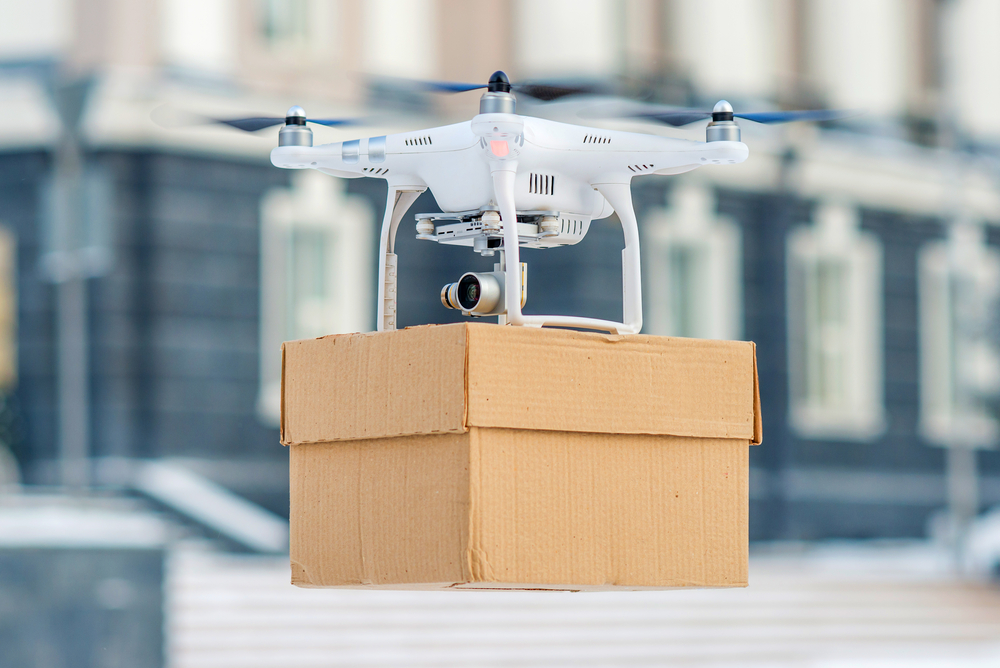Package Prep
Drones, Lockers and More
From smart lockers to drone landing pads, multifamily prepares for the quickly evolving future o f e-commerce and deliveries. Alan Gershenhorn, chief commercial officer at UPS, reviewed the latest online sales data during a panel discussion with the National Multihousing Council: Brick-and-mortar retail has grown at approximately 2 percent each year. In comparison, e-commerce has […]
